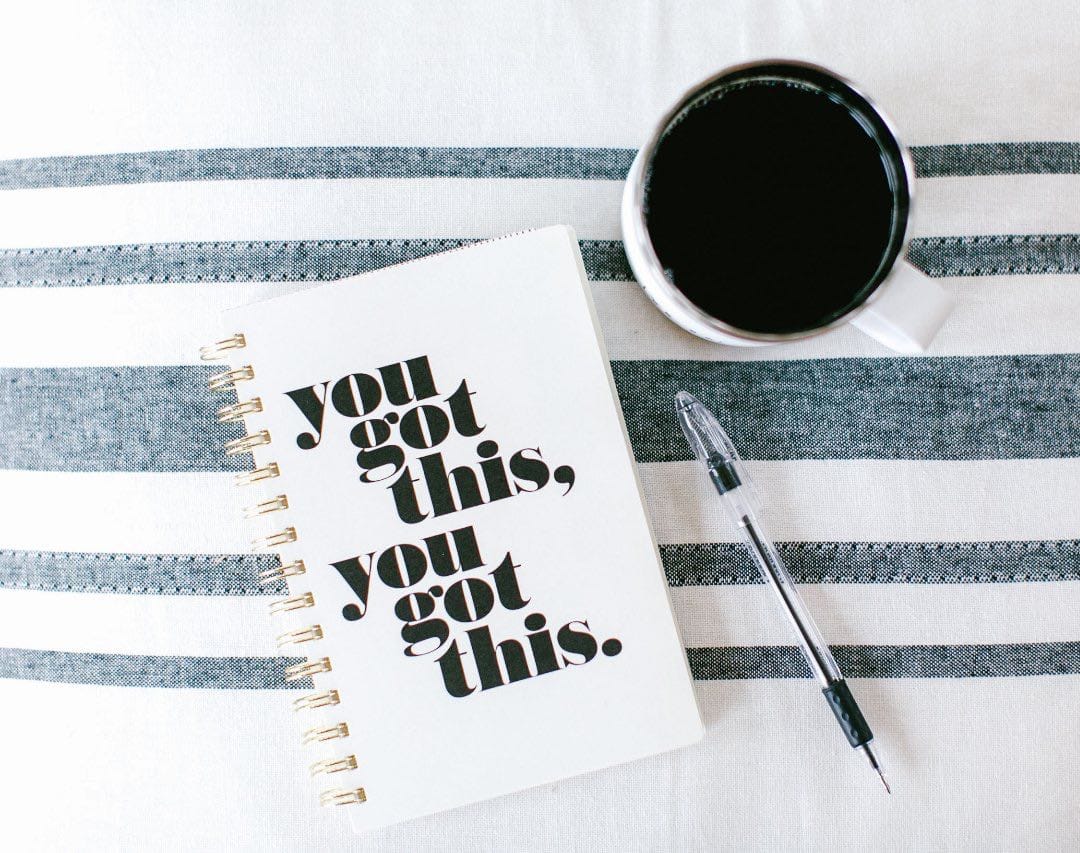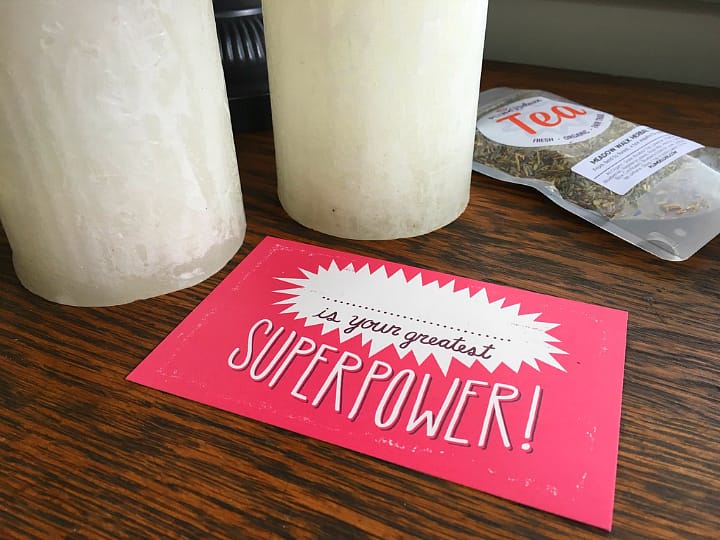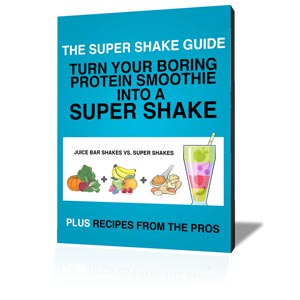There is a certain amount of irony that April is Stress Awareness Month. In the middle of the COVID 19 pandemic, when we’re all being asked to shelter in place till at least the end of April, someone has to remind us to be aware of stress.
Many of us are feeling overwhelmed by stress and anxiety, even if we’re not ready to admit it. Change always brings a certain amount of fear. We’re hard-wired to notice a change in the environment, assess it, determine the threat level and be ready for flight or fight. Relaxing is an afterthought; once we see everything return to normal we can be at rest.
Except normal isn’t coming back any time soon. Even once the shelter in place order is lifted, our work and home lives will feel the impact for some time to come. That’s why solid stress management strategies are crucial right now.
Ever since I started to educate myself about the stress cycle (starting with the must-read book Burnout: The Secret To Unlocking The Stress Cycle), I’ve been thinking about stress in a new way. First and foremost, you have to complete the physiological stress cycle. The science is clear on how to do that: MOVE. Exercise of almost any kind is the best way to complete the stress cycle. Movement is the cue your body needs to know that you are taking action and dealing with the stress. You stop moving, your breathing relaxes, your heart rate goes back down and the body says “stress gone”. The alarms go off and you can ease into a relaxation state.
But what if you can’t exercise.
There are other ways to complete the cycle. In our physical distancing world, two other options I would recommend are deep breathing and laughter. Both of these things give your body something else to focus on, letting you leave the state of stress and find space for safety.
Deep breathing can be as simple as box breathing, which can take only few minutes, but I suggest a longer meditation practice if you can. The science of stress and immunity indicates that a specific kind of meditation called Loving Kindness Meditation (or Metta Meditation) can be highly effective at reducing anxiety. If you’ve never tried it before, use this guided meditation.
Laughter is both distracting and physical. Especially if you laugh so hard you cry. Crying is also a way to complete the stress cycle. If you want to laugh out loud read Furiously Happy by Jenny Lawson and if you need a good cry read The Perks of Being a Wallflower by Stephen Chbosky.
Learn to work with the stress.
The reality is certain stressors are not leaving your life. That’s why it’s key to find a way to create a place for you to find calm and experience flow.
Based on the research of psychologist and author, Mihaly Csikszentmihalyi, the definition of a flow experience is this:
…the mental state of operation in which a person performing an activity is fully immersed in a feeling of energized focus, full involvement, and enjoyment in the process of the activity. In essence, flow is characterized by complete absorption in what one does.
The flow experience does not happen by accident. While there are some common traits among those who seem to live in a state of flow, the experience is open to anyone. In fact, you’ve probably experienced flow without knowing it when you lose track of time in a cozy mystery or working in the garden. With the disruption of routines, it is even more important now to look for opportunities for flow. A solo run, coloring with an audio book or finally cleaning out the basement can be great opportunities to find flow and switch out of a fight or flight state.
Break in case of emergency
Now is the time to acknowledge that short term coping strategies are occasionally needed. Rewatching Grey’s Anatomy from episode one is not a great long-term strategy for managing the stress cycle or stressors but it’s entirely acceptable in the short time.
A basic self-care kit starts with a simple step – make a happiness list. When was the last time someone asked you what makes you happy? Unless you have an awesome friend who checks on your joy in anticipation of the first day of spring, it’s probably been a while. The first step in creating a self-care kit is understanding what really makes you happy. Your assignment is to make a list of 20 things that make you happy. One rule, only five of those things can involve other people. The rest need to be just about you. Post this list where you can see it and try to do at least one of those things daily.
There are other ways to make sure you have a break in case of emergency self-care kit. Click HERE to learn how to put yours together. It’s also a good time to make sure your self-care basics are being take care of. You can find out more about the four essential steps to a basic self-care routine by clicking HERE.
There is a time and a place for everything.
Now is not the time for diet dogma and random food rules. Not only does your body recognize caloric restriction as a stressor, the desire to re-feed can be stronger when your body is on high alert. Add that to the quick and easy reward feeling of your favorite vegan ice cream and you end up on the emotional eating roller coaster.
One of the central tenants of my Middle Ground Manifesto is that there is a time and a place for everything. A cookie may be the short-term thing you need to relieve the tension of yet another zoom meeting while trying to keep the dog from jumping on your lap. However, numbing with food is not the best long-term coping strategy.
To work with emotional eating, you first need to acknowledge that it is happening and then to have compassion for yourself. Eating the cookie doesn’t make you good or bad, nor is the cookie inherently good or bad. It just is. It happened. And now it’s time say “you’re ok, let’s move on.”




